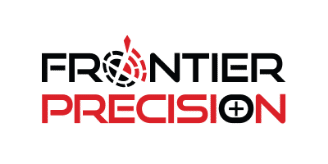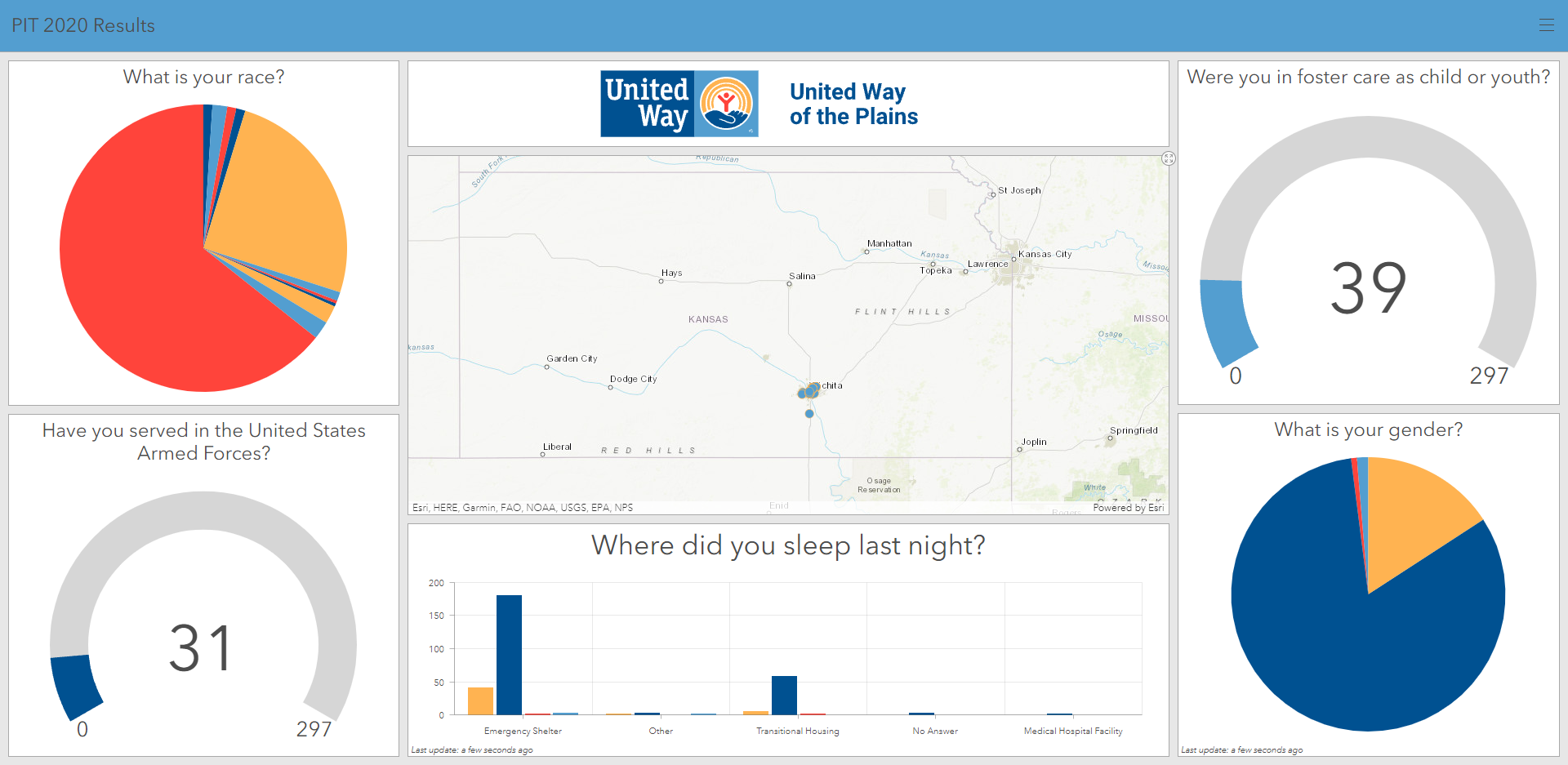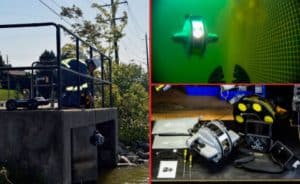Modernizing Point-in-Time Homeless Counts
United Way of the Plains has served south central Kansas for almost one hundred years to provide the community with health, education, and financial stability resources. To assist the community, they must first understand the extent of the community needs. This is part of the reason for their involvement with the Point-in-Time (PIT) count. The PIT is a count of sheltered and unsheltered individuals experiencing homelessness in a 24-hour period. It is often conducted in January when most individuals experiencing homelessness are seeking shelter, making the count as accurate as possible. The data collected for the PIT count will be submitted to HUD in a format required by HUD for data collection and submission.
Frontier Precision was approached by United Way of the Plains in 2019 to turn the paper PIT survey form into an electronic form for the 2020 count. The pain points United Way had with using a paper form included issues distributing the paper forms, inconsistent deployment of the volunteers throughout the city, loss of data when paper forms were misplaced or damaged, differences in data collection methods between volunteers, inaccuracies in transcribing the paper forms, and extensive time to transcribe the paper forms. After reviewing the paper form and workflow, Frontier Precision recommended using Survey123 to make a smart data collection form.
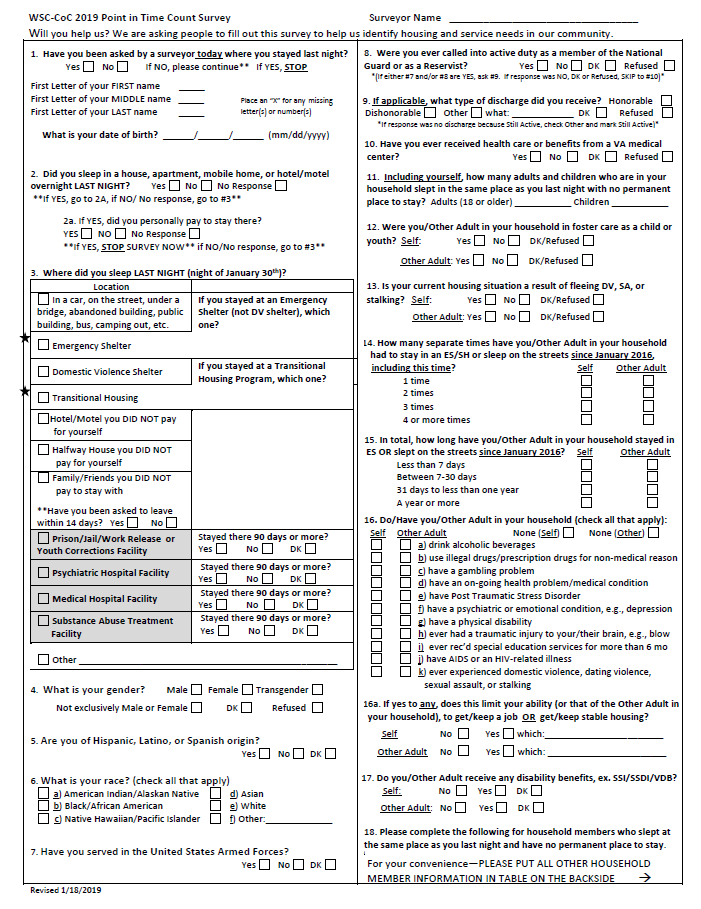
The PIT survey form was easily distributed through the Survey123 app, and volunteers were trained on how to use the digital form. The switch to electronic forms had a big impact on performing the count.
“I found it to be a very positive experience using the digital survey. I loved that I did not have to manage a clip board, paper and pen in freezing, windy conditions,” said Cindy a volunteer from VA Veteran Homeless Providers. “I was able to pull out my phone and efficiently enter data as I surveyed folks. The survey was easy to access, and I had no problems submitting data. In preparation of the transition from paper to digital devices, I had wondered if using digital devices would be a barrier for those who are suspicious of government entities. Of the many I surveyed, only one person was suspicious of the device I was using to enter data.”
Her colleague Suzanne added, “I would add that the Suvey123 app allowed us to be more efficient and stay out in the field and complete surveys. When we used paper surveys we often had to go back and forth from a central hub to turn in paperwork and get more surveys. We were able to cover more ground in less time using the electronic survey. I agree with Cindy -my team LOVED IT! Another great feature was we didn’t have to stand in one place while asking the questions. It was a COLD day and many of the survey folks wanted to walk to stay warm. I literally walked down the street and asked the questions using my phone with participants and they didn’t have to stop for 5-10 minutes getting cold or be late for wherever they were headed.”
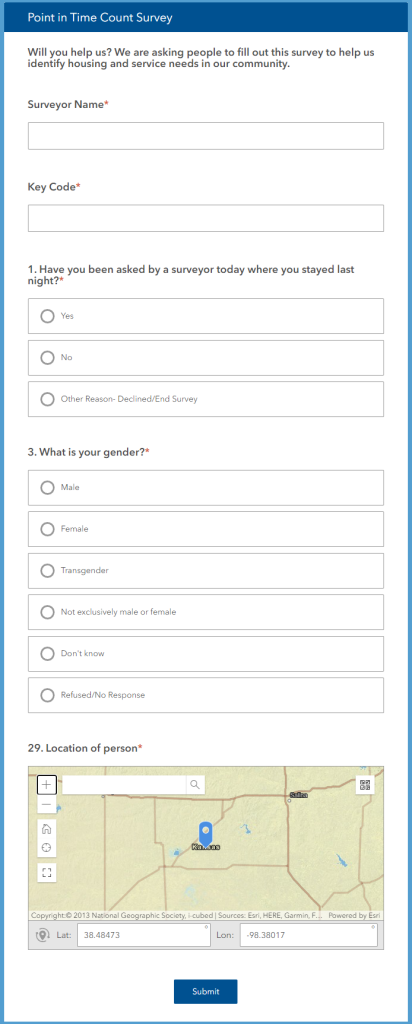
While ease of use and time saving were vast improvements, the addition of a GPS location was a game changer. The forms were being submitted in real-time back to the administrators for review, and the location of each volunteer was easy to find based on their last survey submitted. Volunteers could be directed to hotspot areas to help with the higher demand and full coverage of the city could be validated by the map.
“They could see the location we were submitting surveys and could tell if they needed to send teams in other locations that were not getting surveyed. We also can use the data from the survey to see where in 2020 we generated the most surveys and make sure we deploy enough teams in those areas again for 2022,” says Suzanne.
While the count was modified for 2021, the data collected in past years can be used to analyze and improve the count for years to come.
Visit the United Way of the Plains website to find out more information on their involvement in the community.


